Growing up Arabic Calligraphy felt like an exotic art. My eyes would devour the intricacies with fascination even though I could barely read it. However, there was no reason for me learn it because like many other children growing up in a South Asian country even today, arts are not considered important subjects. However when you jump on in the Homeschool Coach, you get unique perspectives and freedom to choose what is important to teach and learn. With that, maybe if you’ve ever gazed at Arabic calligraphy or seen your children observing it, you would definitely like to consider adding Arabic calligraphy to your Muslim Homeschool after knowing the benefits.
What would be the benefits?
Let me tell you how my children use it:
Sometimes as a gift for an adult friend!
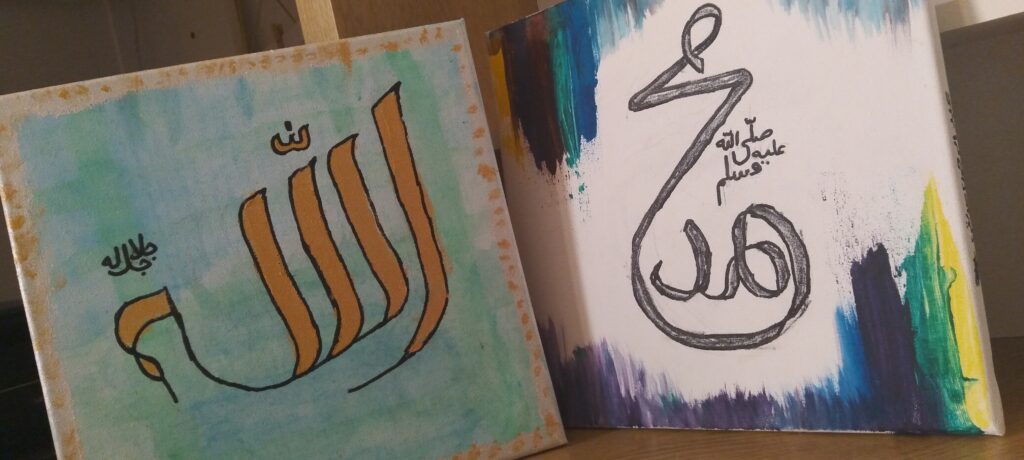
Homeschool socialization is not targeted to an age specific group but rather the children get to interact with a wider range of people. That being said, my kids declared they wanted to give a gift to an adult they really admired (he is our friend, you know. He is coming for Hajj so what should I buy for him?)
I was lost for a moment. What could they gift an adult that doesn’t look like something the parents got and burdens the recipient? We had an answer eventually:
A Handmade Keepsake
The boys decided to gift a painting and we got together to practice some double-pencil calligraphy. The boys were first introduced to calligraphy in an online Seerah course, where their teacher would often teach directed double pencil calligraphy for a little creativity after the story sessions. They then began to appreciate and observe professional calligraphy paintings they’d come across and often sat down for some rough drafts themselves.

In my quest to decolonize my homeschool and curricula, adding calligraphy allowed us to explore meaningful art in a way that was beneficial for both our religious and secular education and development.
What are the benefits of adding Arabic calligraphy to your homeschool?
1. Beyond Teaching Art
Like many other disciplines of Islamic learning, calligraphy used to be taught by teachers to their disciples. Since it was also considered an act of devotion, they would also teach fitting ‘Adab’ manners of the art. They raised not only talented artists but individuals with deep dedication and passion for their work. The teachers and the disciples would honour their art as a form of religious experience teaching them patience and discipline thus also promoting their character development.
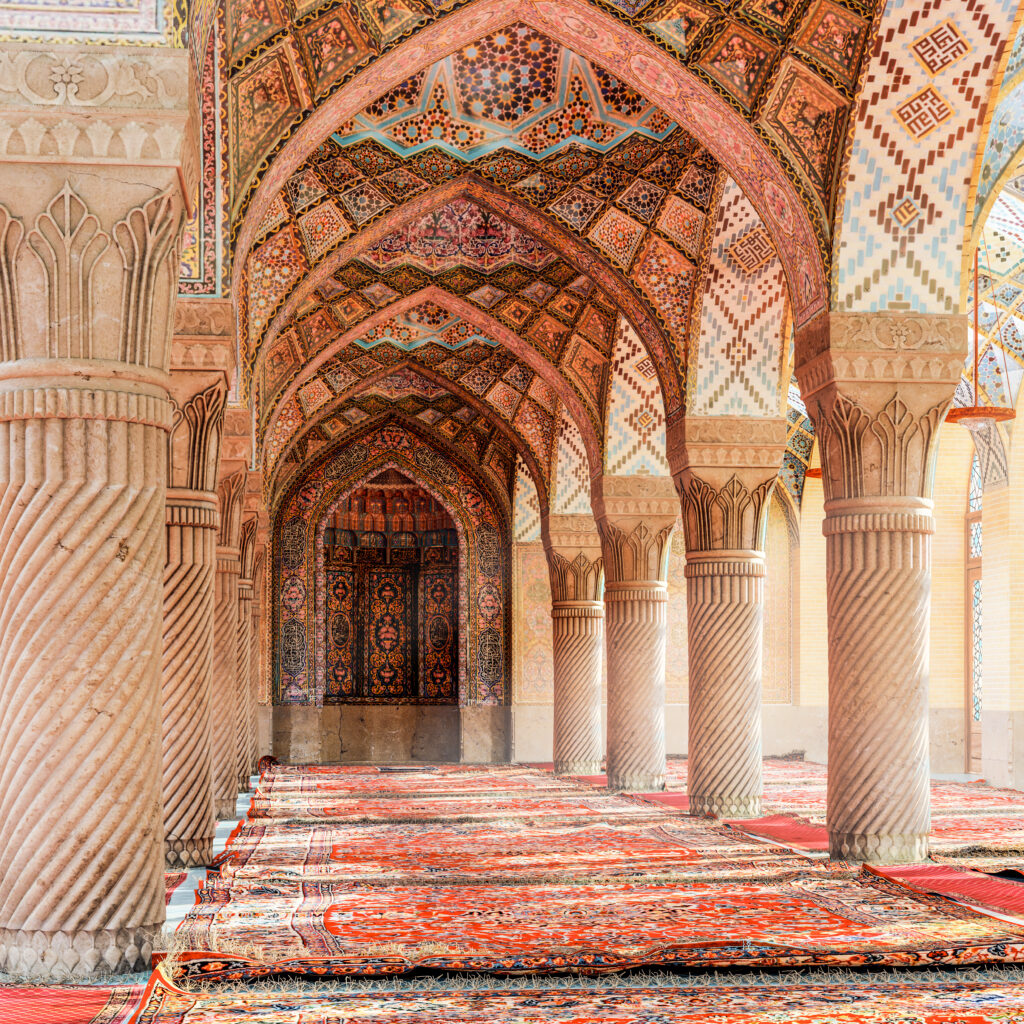
2. A Meditative and Soothing Art
A common feature of Islamic arts, from geometric patterns in most Masajid to Arabic Calligraphy, that I’ve observed is its tendency to allow you to disconnect from the hustle and bustle and reflect.
They are those who remember Allah while standing, sitting, and lying on their sides, and reflect on the creation of the heavens and the earth and pray, “Our Lord! You have not created ˹all of˺ this without purpose. Glory be to You! Protect us from the torment of the Fire.
ٱلَّذِينَ يَذْكُرُونَ ٱللَّهَ قِيَـٰمًا وَقُعُودًا وَعَلَىٰ جُنُوبِهِمْ وَيَتَفَكَّرُونَ فِى خَلْقِ ٱلسَّمَـٰوَٰتِ وَٱلْأَرْضِ رَبَّنَا مَا خَلَقْتَ هَـٰذَا بَـٰطِلًا سُبْحَـٰنَكَ فَقِنَا عَذَابَ ٱلنَّارِ
3.191
Allah created us to worship Him only and to mindfully worship Him we need that disconnect. It’s incredible how a beautifully written calligraphy allows you to pause, decode those intricately interwoven alphabets and appreciate the message of verses.
3. Reflect and Read
What a blessing it is for your gaze to fall upon an Ayat or a portion of it and be encourages to read it albeit in your heart. (Reap those 10 per letter rewards!) Little verses of calligraphy in your home could be a source of conversations and prompt for reflections with your children. I remember coming across a beautiful painting online with the ayat.

My kid asked me why I was so mesmerized to which I told him, the calligrapher wrote this verse reminding us to never feel alone or to never be heedless and defiant in our bad deed as if there is no one who would take us to account. We had a rather reflecting conversation triggered by the calligraphy.
4. .Patience and Confidence
Arabic calligraphy is not an easy art and perhaps not fitting for young children however when you encourage practicing calligraphy (with or without its rules) as an act of devotion, a form of Ibadah in beautifying His Words then their patience in the struggle is also rewardable by Allah. When every struggle is is told to be fruitful towards our ultimate goal, children learn to patiently embrace and accept the messy initial stage of learning anything new and feel more confident to explore new challenges.
Direct the children to some step by step formations of the letters to simplify the process and encourage problem solving and begin with simple words before moving to intricate calligraphies.
5. Fine Motor Skills and Creativity
Calligraphy requires a fine control over the pen, bamboo qalam or even double pencils. The movement and strokes of the letters are different from our usual writing and allows us to exercise those hand muscles.
Now that much of our activities and education has moved online, there are little opportunities for children to move around. Children write little and many are intimidated by the process. It is much easier to type than inscribe on a paper.

Get those writing muscles to work! Countless studies have shown your brain is more active during movement than in front of a screen! Movement inspires creativity and letting your children experiment with their hands will allow their innate creativity to thrive.
6. Improves Memory
What is a better way of learning spelling than writing it out? Using your hands activates many areas of your brain and improve memory retention. Encourage a screen-free activity by adding calligraphy and give your children another opportunity to stretch their brains.
7. Explore Muslim History
The history of Arabic Calligraphy takes you back to the time of the revelation of the Quran. It has then influenced arts and cultures from Muslim Spain to China. Calligraphy and Geometric Patterns thrived as an ‘Islamic Art’ especially because of being forbidden to depict animate living creatures in any form of art.
Since Arabic is a language with many dialects, similar varieties can be found in its calligraphy.
Naskh, Diwali, Kufic, Thuluth, Moroccan and Conventional Scripts all come with a background and an area of origin. They all left a mark in the art and architecture of Islamic History.
Discover them together with your children and encourage them to embrace and appreciate their rich Islamic heritage and respect the diversity in Islamic art, cultures and expressions.
8. Math, Geometry and Symmetry
Some calligraphy scripts follow specific measurements rules. The size and proportions of each letter are made specific by some ‘nukta’ or dots by the chisel pen/Qalam and are expected to maintain consistency throughout the art. Apart from the the measurements of the letter using the ‘nukta’, the calligraphy itself must be made uniform by proper symmetry, measurements and calculations.
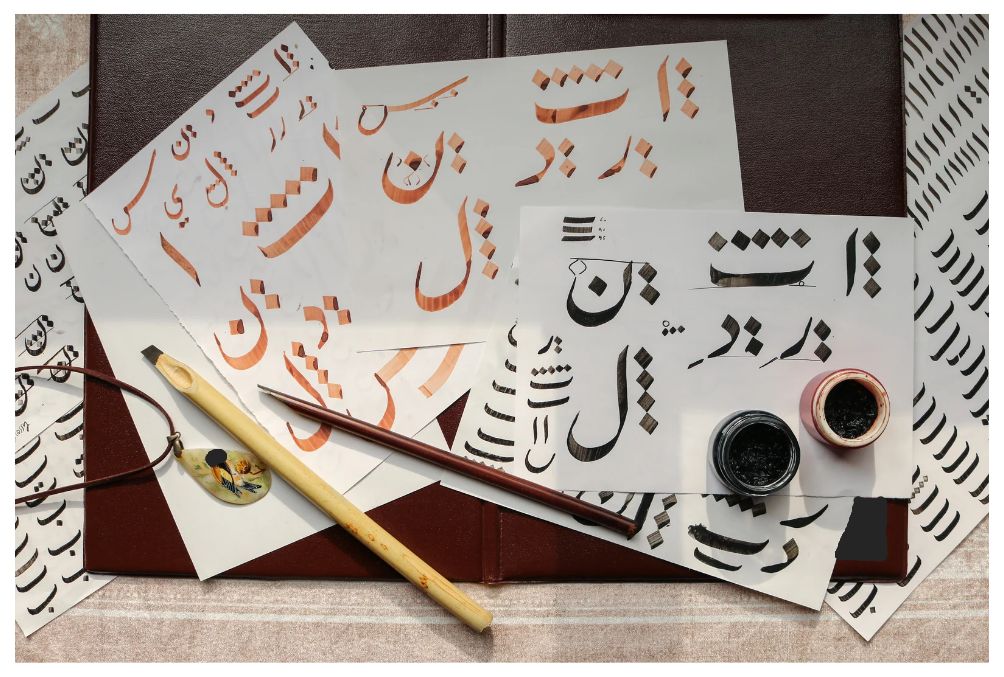
While your children may want to explore calligraphy without being bound to any rules, it is also quite rewarding to study calligraphy with the rules and get a Math lesson for free!
While learning to read, write and understand Arabic allows us to connect to our religion and unite as Muslims, similar connections can be found by learning to beautify writing Arabic through calligraphy. Since homeschooling gives you as a parent more autonomy over what to teach your children, it is rewarding to choose to teach meaningful art like Arabic Calligraphy.
All set and ready?
Now wondering how to go about this daunting task? Don’t worry next up:
How to add Calligraphy to your Muslim Homeschool.
Remember you don’t need to make master calligrapher. Maybe just the spark you create could encourage them to become Master Calligraphers glorifying Allah through their arts, inshallah.


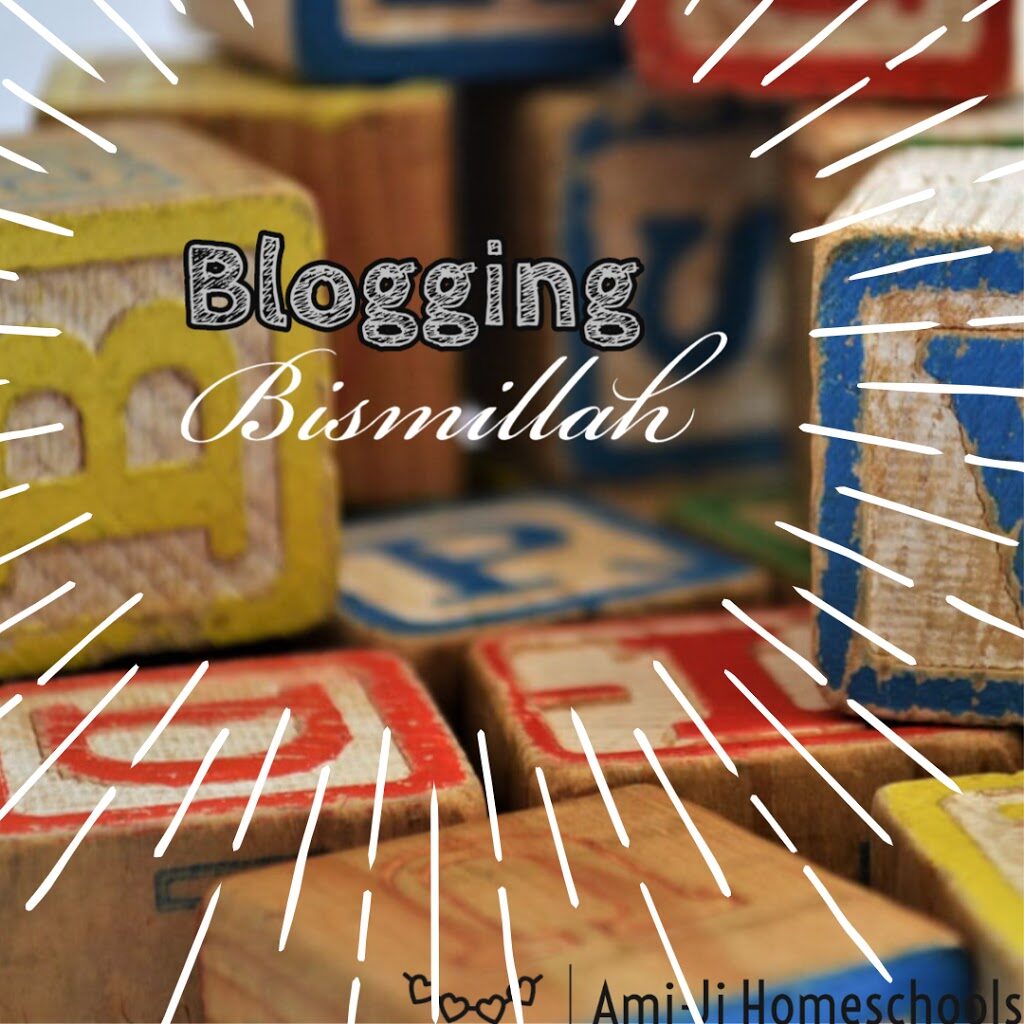
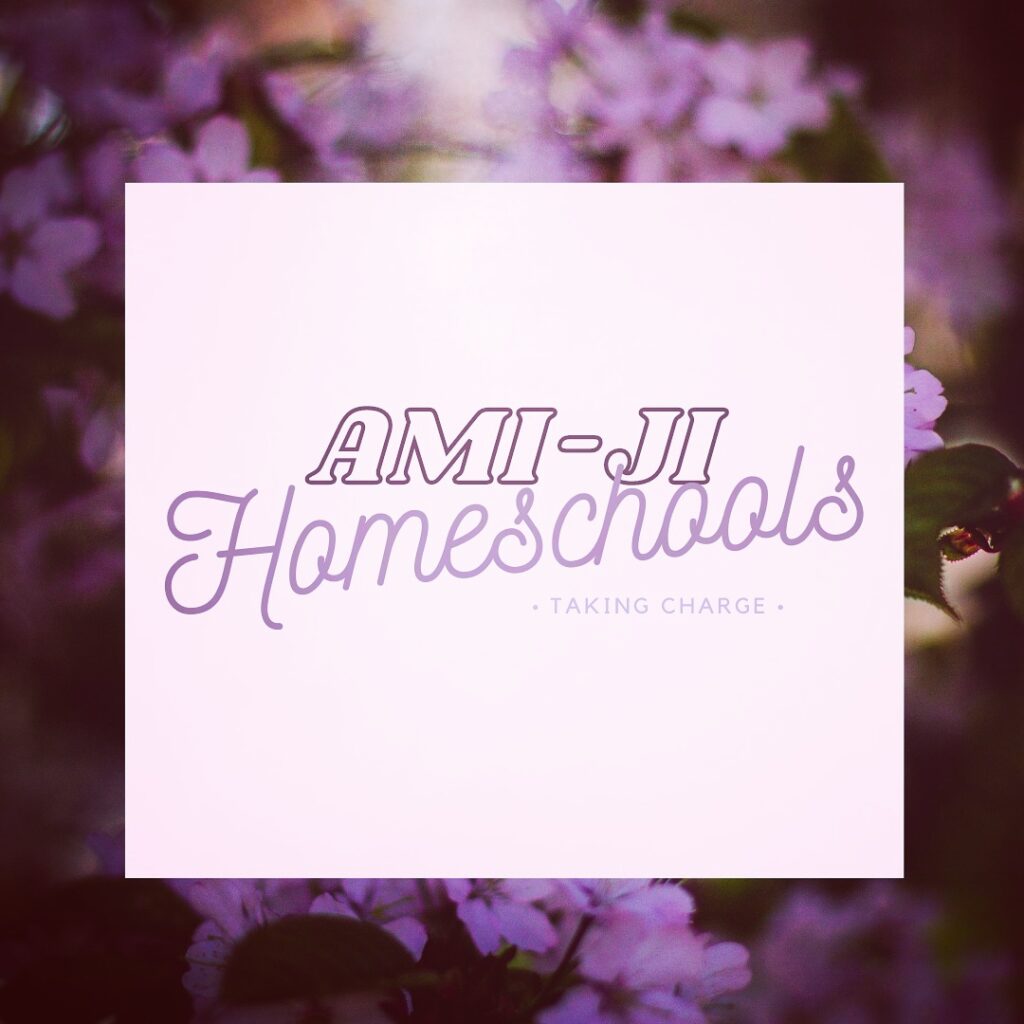
 Protected by Patchstack
Protected by Patchstack
Really nice way to sharpen our children’s brains and earn rewards .
Finding someone to teach on site is daunting though!
Pingback: How to Add Arabic Calligraphy to your Muslim Homeschool - Ami-Ji Homeschools